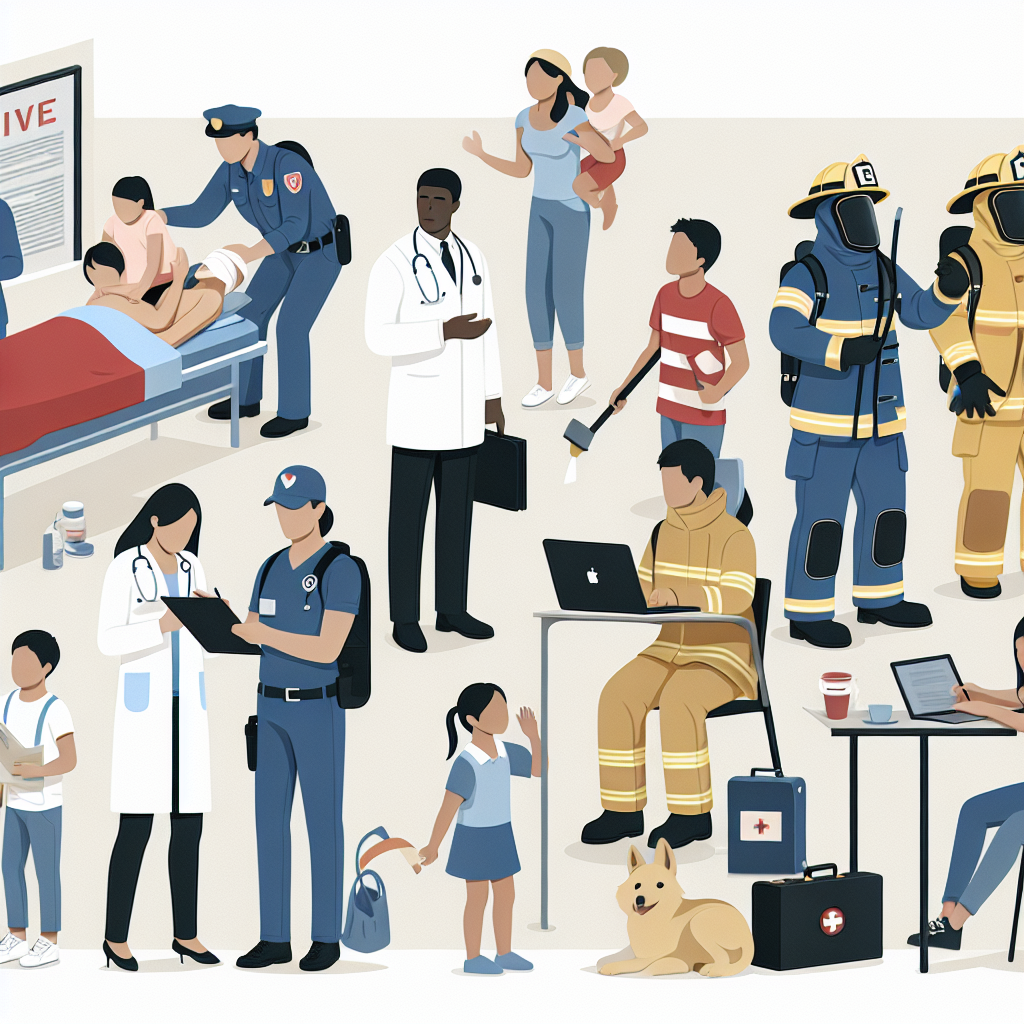Choosing a path that centers on helping others can be deeply rewarding and practical. Top Insights on Careers Where You Help People offers a practical lens on types of roles, transferable skills, realistic expectations, and steps to move into service-oriented fields. Whether you want direct client contact, advocacy work, or roles that support community systems, understanding the landscape helps you make purposeful decisions and avoid common pitfalls.
Insights into careers where you help people
Helping professions span healthcare, social services, education, crisis response, and community outreach. These roles vary widely in required credentials, day-to-day activities, and emotional demands. Some careers allow for immediate entry with short-term certificates, while others require multi-year degrees and licensing. When evaluating options, weigh the kind of impact you want to make, your tolerance for high-stress environments, and the training investment you’re willing to commit to.
Types of roles and who they suit
Below are broad categories of people-focused careers and the personality or background traits that often match them:
- Direct care and clinical roles (nurses, therapists, occupational therapists) — suit people comfortable with medical settings and structured training paths.
- Counseling and mental health (counselors, social workers, substance abuse specialists) — suit empathetic listeners with strong boundaries and interpersonal resilience.
- Education and youth services (teachers, special educators, youth program coordinators) — suit patient communicators with creativity and lesson-planning skills.
- Community and social service (case managers, outreach coordinators, nonprofit program staff) — suit organized advocates with project-management instincts.
- Emergency and crisis response (paramedics, crisis hotline staff, disaster relief coordinators) — suit people who stay calm under pressure and think quickly.
Skills employers value in helping roles
Across sectors, employers look for a mix of soft and technical skills. Key competencies include active listening, cultural competence, documentation accuracy, boundary setting, teamwork, and the ability to learn protocols and evidence-based practices. Transferable skills from other careers—such as project coordination, data reporting, client communication, and conflict resolution—can shorten the bridge into a people-centered job.
Training, certification, and how to research demand
Training needs vary. Certificate programs, associate degrees, and graduate degrees serve different ladders. Research credential requirements early, because some roles require supervised practicum hours or state licensure. For reliable labor market and job outlook information by occupation, consult official sources such as the Bureau of Labor Statistics, which provides industry-specific projections and typical entry requirements: BLS community and social service occupations overview.
Realistic expectations and emotional considerations
Helping careers can be highly meaningful but sometimes emotionally taxing. Burnout is real where compassion fatigue, heavy caseloads, or bureaucratic stressors exist. Strategies to sustain a long-term career include setting clear boundaries, seeking supervision and mentoring, engaging in continuing education, and prioritizing self-care. Some people choose hybrid roles that mix direct service with administrative duties to balance emotional load.
How to transition into helping professions
Practical steps to move into a people-focused career:
- Map your transferable skills and identify gaps in training or certification.
- Start with short, affordable training or volunteer roles to test fit and build experience.
- Network with professionals in the field and request informational interviews to learn day-to-day realities.
- Consider flexible options such as part-time study, online certificates, or apprenticeship-style programs.
- Look for employers who offer tuition reimbursement or on-the-job training to ease the transition.
For those making a later-career shift or returning to work after a break, there are resources and guides for starting fresh with practical pathways and supportive steps; for example, readers exploring midlife career changes can find guidance on returning to study or retooling skills at starting fresh: new career paths for women at 50.
Quick checklist before you commit
- Confirm credential and licensure requirements for your state or employer.
- Test the role through volunteering, shadowing, or part-time work.
- Ensure you have a support plan for emotional resilience (supervision, peer groups).
- Estimate realistic timelines and costs for training and certification.
FAQ
Q: How long does it take to enter a helping career? — A: Entry time ranges from a few months for certificates to several years for licensed professions; short courses and volunteer experience can accelerate placement.
Q: Can I switch into these roles without prior experience? — A: Yes. Many employers value transferable skills and offer entry-level positions, internships, or on-the-job training to build experience.
Q: Are helping careers financially sustainable? — A: Compensation varies by role, region, and credential level; some positions offer stable salaries and benefits, while others may require additional specialization for higher pay.



